Lexus Aiming Low For UX Price, Wants America's Youth Behind the Wheel

With its new UX crossover in tow, Lexus now has a utility vehicle competing in every segment. However, it wants to make sure its getting the right customers behind the wheel. If the gargantuan GL is intended for large families with a fair amount of pocket change and an abundance of parking space, the UX is certainly aimed at childless urbanites who want something upscale but haven’t yet amassed the same level of wealth.
Lexus is aiming low for the subcompact luxury crossover’s base price, hoping to tap into the youth market. That’s important because the average owner for a Lexus-badged vehicle is around 60-years old. However, a cheap and youth-oriented vehicle for Lexus doesn’t mean the same thing as it does for Toyota and the MSRP is going to reflect that — despite UX’s downmarket push.
Mercedes-Benz has the GLA starting at $33,400 and Audi has the Q3 at a somewhat leaner $32,900, so we’d expect Lexus to attempt to undercut them with the UX ever-so-slightly. But that might not be the case. The brand has previously said $30,000 would be too low for a luxury model and, in an interview with Automotive News, Lexus General Manager Jeff Bracken said the target market will still have been out of high school for quite some time.
“We are trying to get at an audience that’s probably about 35 years old, men and women by the way, and I suppose you could throw in the millennial group as well,” he elaborated during the New York Auto Show. “And that would be a huge win for us because, clearly, with our current average buyer with all our vehicles at 60, we have a ways to go.”
Dave Sullivan, manager of product analysis at AutoPacific, suggested a UX starting price of around $33,000 — which would keep it a comfortable distance from the larger NX’s pre-destination MSRP of $35,985. But the littler Lexus is down on power against its German rivals. Both the GLA and Q3 are equipped with engines producing at least 200 horsepower. Meanwhile, the UX’s “Dynamic Force” 2.0-liter inline-four is only expected to make 168 hp in its base trim.
While that is a significant increase in might over the C-HR, which it shares a platform with, it’s still likely to be a noticeable downgrade in power against the German offerings. Therefore, the UX will have to wow consumers with superior polish and practicality.
This is not inconceivable. The C-HR offers 27 city / 31 highway, according to the EPA, and there is no reason to think the UX’s impressive thermal efficiency won’t adhere closely to those numbers. Lexus also has the benefit of the UX 250h, which adds some extra power, all-wheel drive, and improves economy through hybridization. While the Direct Shift CVT isn’t the most enthralling of transmission types, Lexus says it will feel more natural and fun than a standard unit.
There is also the matter of the UX’s ludicrously tight 17.1-foot turning radius and the inclusion of Toyota’s safety suite. We don’t yet know everything that will be on the crossover but Lexus made mention of a pre-collision system that uses radar to detect pedestrians and bicyclists, two things that are incredibly important during city driving.
However, none of that guarantees a younger audience will take notice. “Our take on millenials is that it’s really, really difficult to tell them, ‘We’re building a car for you.’ That’s almost a turnoff,” explained Bracken. He claimed the solution to that was aggressive market research and the utilization of the brand’s first female chief engineer, Chika Kako. “ The styling is polarizing but in a way that people won’t mistake it for the Lexus their grandmother drives,” he said.
Lexus is targeting the UX at the same volume benchmarks it had for the launch of the NX — 20,000 units per year. Also like the NX, it’s hoping the smaller crossover will surpass expectations. The NX moved 43,764 units in the UX during it’s first full year (2015) and sales have increased to almost 60,000 annual deliveries in the United States. Bracken is hoping the addition of a subscription service will help bolster appeal to the younger crowd. “A subscription service is what all the cool kids are doing these days,” he said.
Both the hybrid UX 250h and conventional UX 200 will go on sale in the United States late in the fall.
[Images: Toyota Motor Corp.]

A staunch consumer advocate tracking industry trends and regulation. Before joining TTAC, Matt spent a decade working for marketing and research firms based in NYC. Clients included several of the world’s largest automakers, global tire brands, and aftermarket part suppliers. Dissatisfied with the corporate world and resentful of having to wear suits everyday, he pivoted to writing about cars. Since then, that man has become an ardent supporter of the right-to-repair movement, been interviewed on the auto industry by national radio broadcasts, driven more rental cars than anyone ever should, participated in amateur rallying events, and received the requisite minimum training as sanctioned by the SCCA. Handy with a wrench, Matt grew up surrounded by Detroit auto workers and managed to get a pizza delivery job before he was legally eligible. He later found himself driving box trucks through Manhattan, guaranteeing future sympathy for actual truckers. He continues to conduct research pertaining to the automotive sector as an independent contractor and has since moved back to his native Michigan, closer to where the cars are born. A contrarian, Matt claims to prefer understeer — stating that front and all-wheel drive vehicles cater best to his driving style.
More by Matt Posky
Latest Car Reviews
Read moreLatest Product Reviews
Read moreRecent Comments
- Redapple2 Love the wheels
- Redapple2 Good luck to them. They used to make great cars. 510. 240Z, Sentra SE-R. Maxima. Frontier.
- Joe65688619 Under Ghosn they went through the same short-term bottom-line thinking that GM did in the 80s/90s, and they have not recovered say, to their heyday in the 50s and 60s in terms of market share and innovation. Poor design decisions (a CVT in their front-wheel drive "4-Door Sports Car", model overlap in a poorly performing segment (they never needed the Altima AND the Maxima...what they needed was one vehicle with different drivetrain, including hybrid, to compete with the Accord/Camry, and decontenting their vehicles: My 2012 QX56 (I know, not a Nissan, but the same holds for the Armada) had power rear windows in the cargo area that could vent, a glass hatch on the back door that could be opened separate from the whole liftgate (in such a tall vehicle, kinda essential if you have it in a garage and want to load the trunk without having to open the garage door to make room for the lift gate), a nice driver's side folding armrest, and a few other quality-of-life details absent from my 2018 QX80. In a competitive market this attention to detai is can be the differentiator that sell cars. Now they are caught in the middle of the market, competing more with Hyundai and Kia and selling discounted vehicles near the same price points, but losing money on them. They invested also invested a lot in niche platforms. The Leaf was one of the first full EVs, but never really evolved. They misjudged the market - luxury EVs are selling, small budget models not so much. Variable compression engines offering little in terms of real-world power or tech, let a lot of complexity that is leading to higher failure rates. Aside from the Z and GT-R (low volume models), not much forced induction (whether your a fan or not, look at what Honda did with the CR-V and Acura RDX - same chassis, slap a turbo on it, make it nicer inside, and now you can sell it as a semi-premium brand with higher markup). That said, I do believe they retain the technical and engineering capability to do far better. About time management realized they need to make smarter investments and understand their markets better.
- Kwik_Shift_Pro4X Off-road fluff on vehicles that should not be off road needs to die.
- Kwik_Shift_Pro4X Saw this posted on social media; “Just bought a 2023 Tundra with the 14" screen. Let my son borrow it for the afternoon, he connected his phone to listen to his iTunes.The next day my insurance company raised my rates and added my son to my policy. The email said that a private company showed that my son drove the vehicle. He already had his own vehicle that he was insuring.My insurance company demanded he give all his insurance info and some private info for proof. He declined for privacy reasons and my insurance cancelled my policy.These new vehicles with their tech are on condition that we give up our privacy to enter their world. It's not worth it people.”
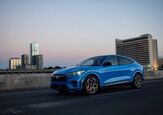
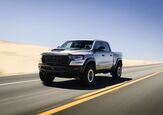

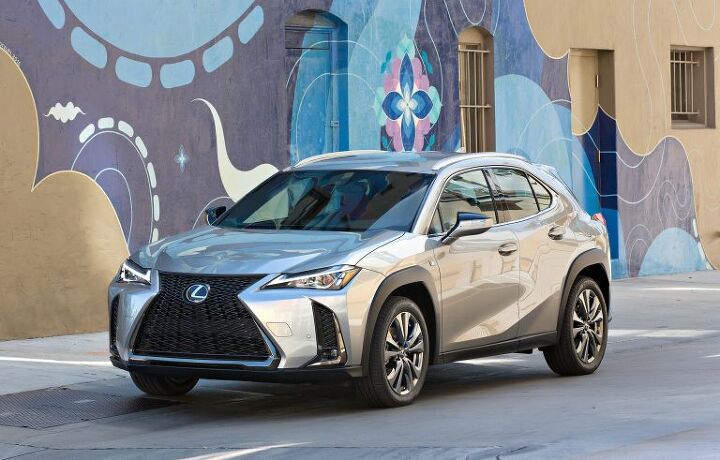




















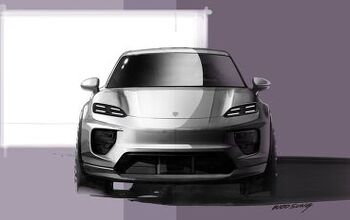
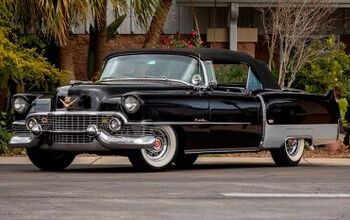


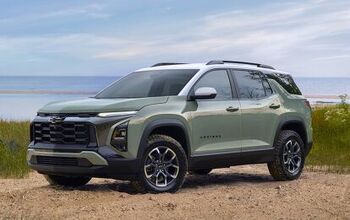



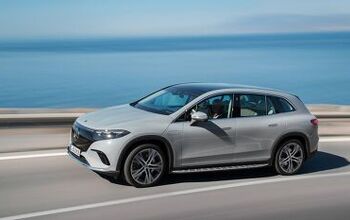
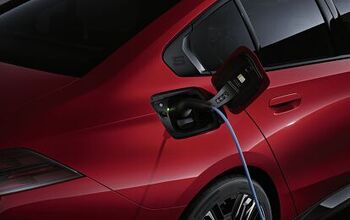

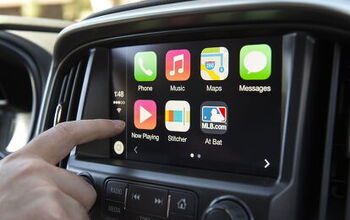
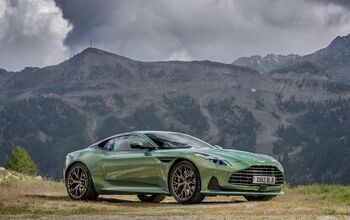


Comments
Join the conversation
Introducing the Lexu sUX
Two undignified segments that I am surprised luxury automakers don't just stay away from: -Lightly contented low-$30K "value" models -Subcompact CUVs This one is both. Icky. Actually, I'm not surprised. What are you to do when the more interesting and traditional RWD sedan formats are not popular in the market at large, and in your lineup in particular? The IS350 and GS350 were comparison winners at one point but everyone either wants blobs with ride height or a German badge for Reasons Unknown on their lease-and-dispose entry-level luxury sports sedans.